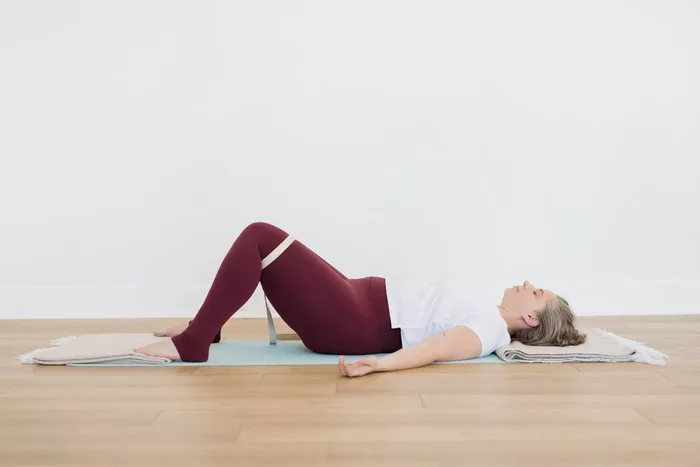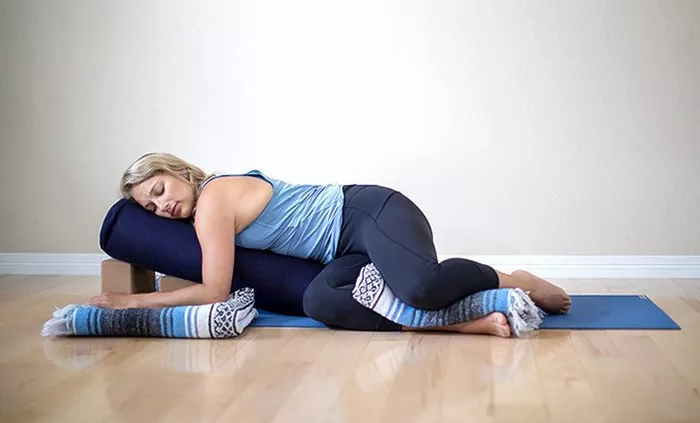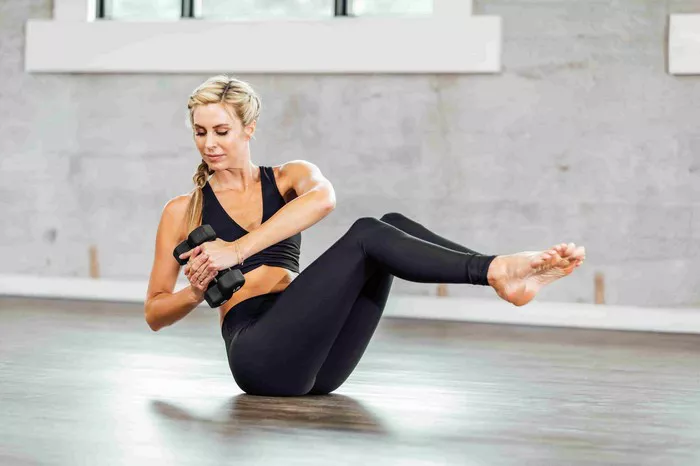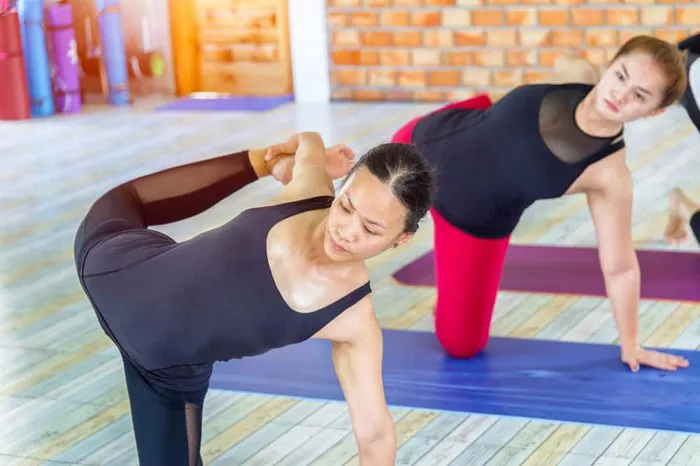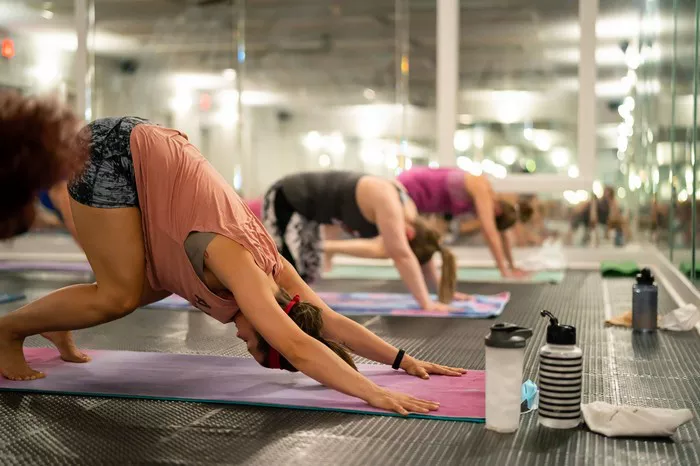In today’s increasingly sedentary lifestyle, the way we sit has become more important than ever. With remote work and long hours in front of screens becoming the norm, the choice between sitting on a traditional office chair or a yoga ball has sparked significant debate. While both serve the same fundamental purpose—to provide a surface to sit on—they differ greatly in design, impact on posture, and influence on overall health. This article provides a comprehensive comparison between yoga balls and chairs, examining their benefits, drawbacks, and the circumstances under which one may be more advantageous than the other.
Understanding the Basics
What is a Yoga Ball?
A yoga ball, also known as a stability ball, Swiss ball, or exercise ball, is a large, inflatable sphere made of soft elastic. Originally used for physical therapy, yoga balls have found their way into fitness routines and even workplace environments. When used for sitting, the ball encourages active engagement of core muscles to maintain balance, promoting dynamic sitting.
What is a Chair?
A chair, specifically an office chair, is a piece of furniture designed to support a sitting person. Typically composed of a seat, backrest, and sometimes armrests and wheels, office chairs aim to provide comfort and ergonomic support during prolonged periods of sitting. They are engineered to distribute weight evenly and maintain spinal alignment with minimal muscular effort.
Comparing Benefits
1. Posture Support
- Yoga Ball: Sitting on a yoga ball naturally encourages better posture because it requires continuous micro-adjustments. These adjustments activate the core, back, and leg muscles, promoting spinal alignment and reducing slouching.
- Chair: A well-designed ergonomic chair offers structured support for the lumbar spine, shoulders, and arms. It allows users to sit upright with little effort, which is ideal for extended periods of work.
2. Core Engagement
- Yoga Ball: One of the most significant advantages is core activation. Since the ball is unstable, your body must engage core muscles to stay balanced. This continuous muscle engagement can strengthen abdominal and lower back muscles over time.
- Chair: Most chairs do not require muscle activation for balance. While this means less strain, it also offers fewer opportunities to strengthen your core during sitting.
3. Movement and Flexibility
- Yoga Ball: The ball allows subtle bouncing and shifting, which can improve circulation and reduce stiffness. The dynamic nature of sitting on a ball can keep your muscles more active throughout the day.
- Chair: Chairs tend to promote static sitting. Although many ergonomic chairs offer reclining and adjustable features, they do not inherently encourage movement.
4. Long-Term Comfort
- Yoga Ball: Prolonged use can lead to discomfort due to the lack of back and arm support. While great for short-term sitting or occasional use, extended use may strain muscles and joints.
- Chair: Designed for comfort, chairs offer cushioning, support, and adjustability. High-quality ergonomic models can support long working hours without causing discomfort.
5. Caloric Burn
- Yoga Ball: The minor muscle engagement and movement involved in sitting on a yoga ball can lead to a slight increase in caloric expenditure.
- Chair: With minimal movement, the caloric burn while sitting in a chair is negligible.
Evaluating Drawbacks
1. Safety Concerns
- Yoga Ball: Balance can be tricky, especially for people not used to dynamic sitting. There is a risk of falling or overstraining muscles if posture is not maintained properly.
- Chair: Offers a stable and secure platform, reducing the risk of falls. The backrest and arm support also contribute to a safer sitting experience.
2. Suitability for All Users
- Yoga Ball: Not ideal for everyone, especially those with balance issues or certain musculoskeletal conditions. Additionally, incorrect sizing can reduce effectiveness.
- Chair: Suitable for a wide range of users and body types. Adjustable chairs can be customized to individual ergonomic needs.
3. Professionalism and Practicality
- Yoga Ball: In formal work settings, using a yoga ball may appear unprofessional. It may also not be practical for tasks that require a stable surface, such as writing or detailed computer work.
- Chair: Universally accepted in professional environments. Offers better compatibility with desks, computer setups, and other office furniture.
When to Choose a Yoga Ball
Situations Favoring a Yoga Ball:
- Short Work Sessions: Ideal for short tasks or as a temporary seating option during breaks.
- Fitness Goals: If your aim includes strengthening core muscles or improving balance.
- Stretching and Exercises: Useful for mid-day stretching or incorporating exercise into your work routine.
Recommended Use Tips:
- Alternate between a chair and yoga ball to avoid fatigue.
- Ensure proper ball size: thighs should be parallel to the ground when seated.
- Use a ball with anti-burst technology for safety.
When to Choose a Chair
Situations Favoring a Chair:
- Extended Sitting Periods: Perfect for jobs that require long hours of desk work.
- Ergonomic Requirements: Provides necessary support for people with back pain or posture issues.
- Professional Settings: Maintains workplace decorum and offers convenience for multitasking.
Recommended Use Tips:
- Adjust the chair to keep feet flat on the floor and elbows at a 90-degree angle.
- Choose a model with lumbar support and breathable fabric.
- Take regular breaks to stand and stretch.
Scientific and Expert Opinions
Studies have produced mixed results regarding the efficacy of yoga balls as office chairs. According to a study published in the journal Human Factors, while yoga balls can increase muscle activation, they do not significantly improve posture over traditional chairs and may result in greater discomfort over time. Ergonomists generally recommend a balanced approach, integrating standing desks, movement, and ergonomic seating rather than relying solely on a yoga ball.
Experts suggest that while yoga balls can add variety to the workday, they should not replace ergonomically designed chairs altogether. Instead, they are better used as complementary tools to promote movement and engagement.
Conclusion
Choosing between a yoga ball and a chair is not a matter of right or wrong but one of context and personal needs. Yoga balls encourage active sitting and core engagement but lack long-term comfort and support. Chairs provide stability, ergonomic support, and are more suited for extended work sessions. A hybrid approach—using a yoga ball intermittently while primarily relying on a quality chair—may offer the best of both worlds. Ultimately, maintaining good posture, staying active, and listening to your body are the most critical factors in choosing the best seating option.
Related Topics:


